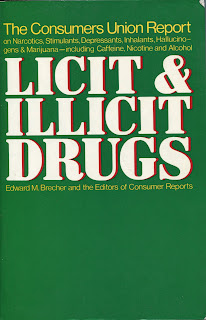To the Editor: Re “
A Strong Response to the Opioid Scourge” (editorial, March 17):
There are longtime users of low-dose opioids, like me, who never require an increase in dose and who find that this medication provides quality of life. How? By addressing chronic pain, sleep disorders and associated depression.
The alternatives proposed by the Centers for Disease Control and Prevention, like aspirin and ibuprofen, can cause long-term damage to body organs and short-term stomach pain. For many of us, spare use of a low-dose opioid is the very best alternative.
Unfortunately, voices like mine are not heard often. Why? Because the media climate right now is so fiercely anti-opioid that those who rely on this drug can feel hesitant to speak out. More reporting should be done on the lives saved and enhanced by opioids, in addition to the terrible consequences of addiction. Policy should reflect a more complete picture of this important medication.
KATHERINE CAMERON
Alameda, Calif.
The writer is a social worker.
To the Editor: The proper treatment of pain disorders by physicians should not be directed by the fear of lawsuits or pressure by insurance payers but rather by sound guidelines developed by organizations like the American Academy of Pain Medicine.
The news media has readily noted a “prescription drug epidemic,” but overdoses mainly result from drug diversion and misuse rather than from taking an opioid as prescribed. Epidemiological data has reported up to 16,500 deaths a year from the aspirin-ibuprofen family of medicines, which can cause ulcers, kidney failure and liver inflammation, none of which occur with opioids.
The major health issue for an opioid is addiction, which rarely occurs in a properly selected and treated patient. One must understand the difference between dependency and addiction.
Chronic, nonmalignant pain conditions are difficult to treat. Physician judgment is crucial and should not be inhibited by arbitrary limits that are not supported by the data.
LESLIE SCHOFFERMAN
San Francisco
The writer is a pain doctor.
To the Editor: For many people with chronic pain, opioid painkillers are a lifeline. The new guidelines from the Centers for Disease Control and Prevention, while perhaps reasonable as a first approach, are unrealistic for patients who have done well (sometimes for years) on carefully monitored opioid doses under continuing medical care. As The Times has reported, these longtime patients must now be subjected to humiliating “pain contracts” and random drug tests.
Acetaminophen and ibuprofen are just short of laughable: If they worked for severe pain, no legitimate patient would be taking opioids. Nonpharmacological solutions like physical therapy and acupuncture may be effective for those who can afford them but are subject to strict, onerous insurance limitations or not covered at all.
It’s hard not to conclude that the politics of the very real and tragic opioid addiction crisis are drowning out the cries of people in pain. The medical profession only recently began to give serious attention to complaints of chronic pain, which not incidentally affects many more women than men.
Sadly, it looks as if a return to the bad old days will be upon us very soon.
LOIS AMBASH
Needham, Mass.



Comments
Post a Comment